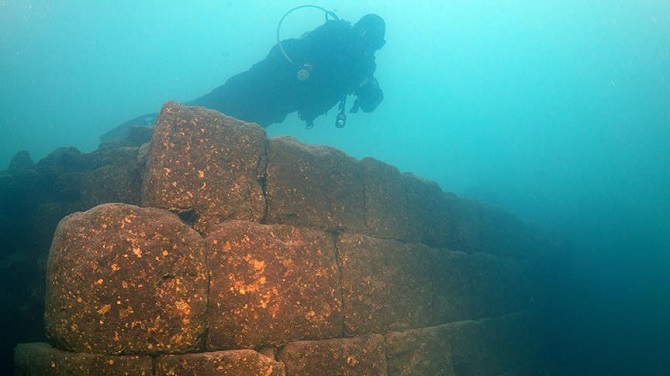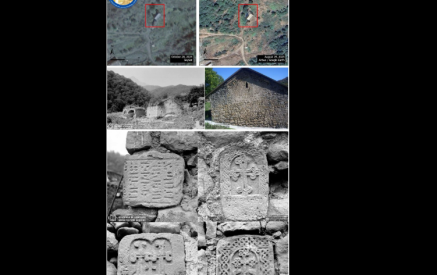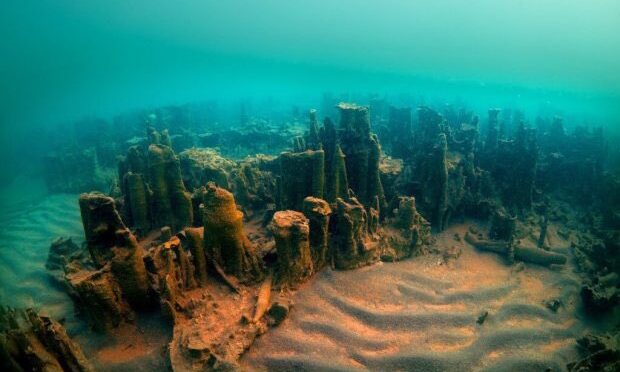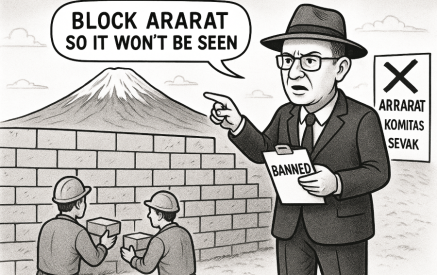ԵՌԱԳՈՅՆ. The 3,000-year-old remains of an ancient fortification have been discovered at the bottom of Turkey’s largest lake. The underwater excavations were led by Van Yüzüncü Yıl University and the governorship of Turkey’s eastern Bitlis Province.
The castle is said to belong to the Iron Age Armenian civilization also known as the Kingdom of Van, Urartu, Ararat and Armenia. The lake itself is believed to have been formed by a crater caused by a volcanic eruption of Mount Nemrut near the province of Van. The current water level of the reservoir is about 150 meters higher than it was during the Iron Age.
Divers exploring Lake Van discovered the incredibly well-preserved wall of a castle, thought to have been built by the Urartu civilization. Experts had been studying the body of water for a decade before it revealed the fortress lost deep below its surface.

The 3,000-year-old remains of an ancient fortification have been discovered at the bottom of Turkey’s largest lake. Divers exploring Lake Van discovered the incredibly well-preserved wall of a castle, thought to have been built by the Urartu civilization
The discovery was made by a team of researchers, including Tahsin Ceylan, an underwater photographer and videographer, diver Cumali Birol, and Mustafa Akkuş, an academic from Van Yüzüncü Yıl University.
Read also
Legends among the area’s population spoke of ancient ruins hidden in the water, and the Van team decided to investigate. Over the course of ten years, they captured images of pearl mullets, microbialites, corals and even a sunken Russian ship, but their prize remained elusive.
Their search has now paid off, uncovering castle stonework that has been protected from the ravages of time by the lake’s highly alkaline waters. It is thought the stone structure was built by the Urartians, as the rocks used were favoured by civilization.
The castle, as well as a number of villages and settlements in the area, were built at a time when water levels were much lower than they are today.
Main photo: Underwater Fairy Chimneys in Van lake.




























































